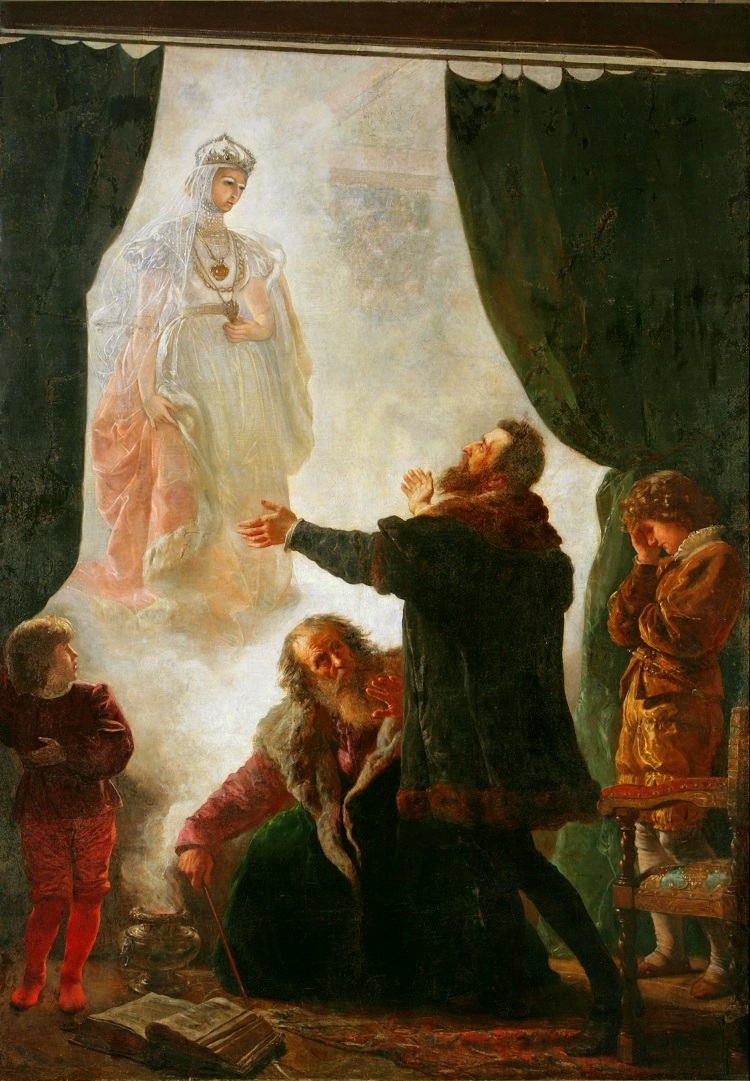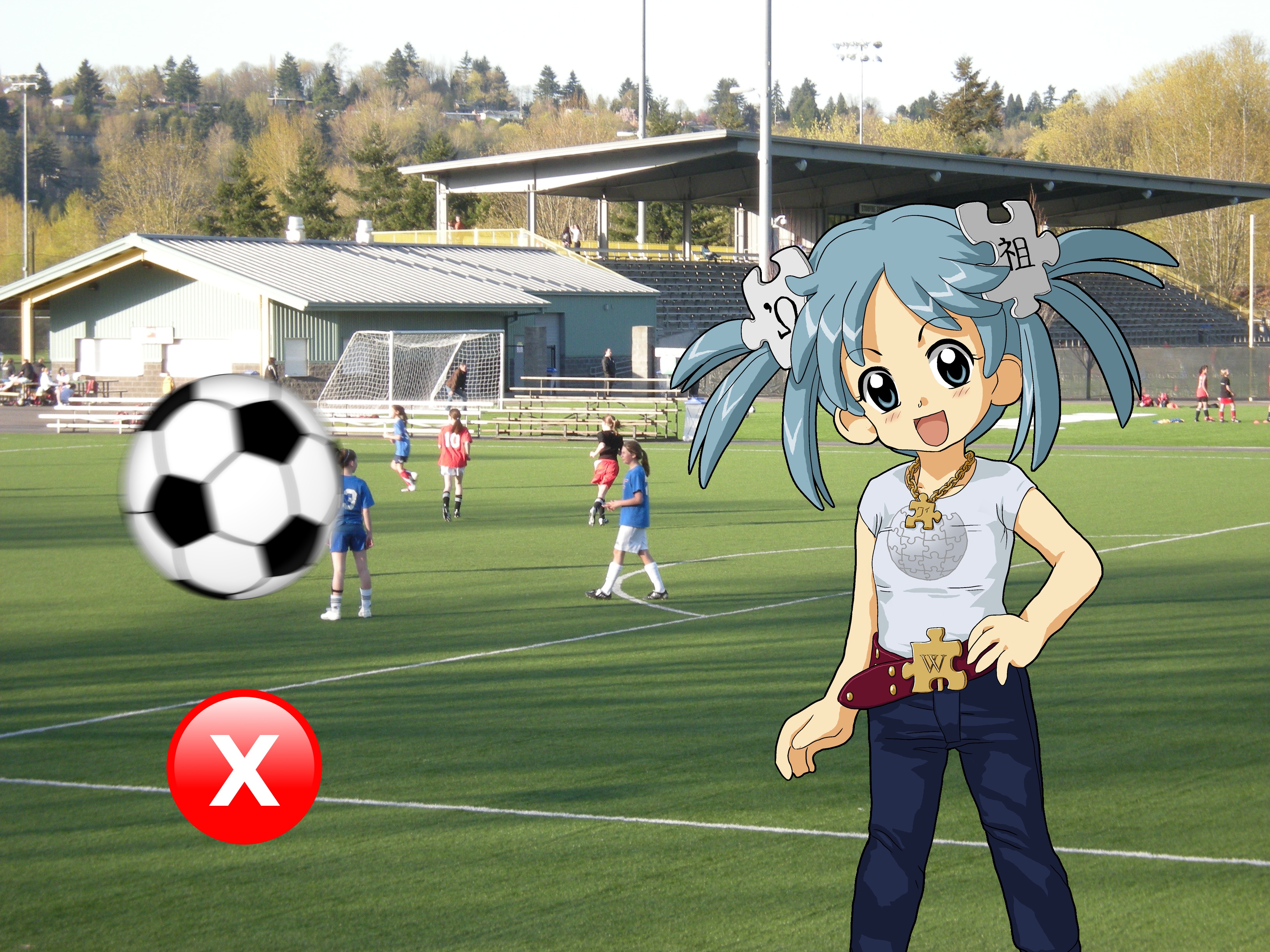|
Dead Head Fred
is an action-adventure video game for the PlayStation Portable, developed by Vicious Cycle Software and published by D3 Publisher. It was released in North America on August 28, 2007, and is powered by Vicious Cycle's proprietary Vicious Engine. It features a premise that is a combination of 1940s-style noir and contemporary horror, dubbed "twisted noir" by the design team. The game is a single-player experience whose title character, Fred Neuman, is a private investigator with the ability to switch heads. Fred has recently been murdered and decapitated, and has few memories of the events leading to his death. The plot follows Fred as he pieces together the clues of his murder and tries to get revenge on the man who killed him. Unlike many action game heroes, Fred has no conventional weapons—he relies solely on the powers available to him from the severed heads of fallen enemies. The game received generally positive reviews, with reviewers mentioning its dark humor an ... [...More Info...] [...Related Items...] OR: [Wikipedia] [Google] [Baidu] |
Vicious Cycle Software
Vicious Cycle Software was an American video game development company based in Morrisville, North Carolina. History Vicious Cycle was founded in 2000 by Eric Peterson, Dave Ellis, Marc Racine and Wayne Harvey after layoffs at the local MicroProse development studio (then a Hasbro Interactive studio) forced several game developers into finding other work. Racine resigned as Vice President and Director of Production in the Spring of 2005 to pursue other ventures. Ellis left the company in the Summer of 2000, but returned in 2005 to take a position as game designer. Vicious Cycle has released titles for the PlayStation 2, Xbox, GameCube, Xbox 360, PlayStation 3, Wii, and PlayStation Portable systems as well as the Microsoft Windows platform. In 2005, Vicious Cycle announced the opening of their Monkey Bar Games division. Monkey Bar Games was focused on providing mass-market games to gamers of all ages. Monkey Bar Games released video games incorporating licensed characters from ... [...More Info...] [...Related Items...] OR: [Wikipedia] [Google] [Baidu] |
GameSpot
''GameSpot'' is an American video gaming website that provides news, reviews, previews, downloads, and other information on video games. The site was launched on May 1, 1996, created by Pete Deemer, Vince Broady and Jon Epstein. In addition to the information produced by ''GameSpot'' staff, the site also allows users to write their own reviews, blogs, and post on the site's forums. It has been owned by Fandom, Inc. since October 2022. In 2004, ''GameSpot'' won "Best Gaming Website" as chosen by the viewers in Spike TV's second ''Video Game Award Show'', and has won Webby Awards several times. The domain ''gamespot.com'' attracted at least 60 million visitors annually by October 2008 according to a Compete.com study. History In January 1996, Pete Deemer, Vince Broady and Jon Epstein quit their positions at IDG and founded SpotMedia Communications. SpotMedia then launched ''GameSpot'' on May 1, 1996. Originally, ''GameSpot'' focused solely on personal computer games, so a ... [...More Info...] [...Related Items...] OR: [Wikipedia] [Google] [Baidu] |
Frontal Lobe
The frontal lobe is the largest of the four major lobes of the brain in mammals, and is located at the front of each cerebral hemisphere (in front of the parietal lobe and the temporal lobe). It is parted from the parietal lobe by a groove between tissues called the central sulcus and from the temporal lobe by a deeper groove called the lateral sulcus (Sylvian fissure). The most anterior rounded part of the frontal lobe (though not well-defined) is known as the frontal pole, one of the three poles of the cerebrum. The frontal lobe is covered by the frontal cortex. The frontal cortex includes the premotor cortex, and the primary motor cortex – parts of the motor cortex. The front part of the frontal cortex is covered by the prefrontal cortex. There are four principal gyri in the frontal lobe. The precentral gyrus is directly anterior to the central sulcus, running parallel to it and contains the primary motor cortex, which controls voluntary movements of specific body ... [...More Info...] [...Related Items...] OR: [Wikipedia] [Google] [Baidu] |
John C
John is a common English name and surname: * John (given name) * John (surname) John may also refer to: New Testament Works * Gospel of John, a title often shortened to John * First Epistle of John, often shortened to 1 John * Second Epistle of John, often shortened to 2 John * Third Epistle of John, often shortened to 3 John People * John the Baptist (died c. AD 30), regarded as a prophet and the forerunner of Jesus Christ * John the Apostle (lived c. AD 30), one of the twelve apostles of Jesus * John the Evangelist, assigned author of the Fourth Gospel, once identified with the Apostle * John of Patmos, also known as John the Divine or John the Revelator, the author of the Book of Revelation, once identified with the Apostle * John the Presbyter, a figure either identified with or distinguished from the Apostle, the Evangelist and John of Patmos Other people with the given name Religious figures * John, father of Andrew the Apostle and Saint Peter * ... [...More Info...] [...Related Items...] OR: [Wikipedia] [Google] [Baidu] |
Player Character
A player character (also known as a playable character or PC) is a fictional character in a video game or tabletop role-playing game whose actions are controlled by a player rather than the rules of the game. The characters that are not controlled by a player are called non-player characters (NPCs). The actions of non-player characters are typically handled by the game itself in video games, or according to rules followed by a gamemaster refereeing tabletop role-playing games. The player character functions as a fictional, alternate body for the player controlling the character. Video games typically have one player character for each person playing the game. Some games, such as multiplayer online battle arena, hero shooter, and fighting games, offer a group of player characters for the player to choose from, allowing the player to control one of them at a time. Where more than one player character is available, the characters may have distinctive abilities and differing st ... [...More Info...] [...Related Items...] OR: [Wikipedia] [Google] [Baidu] |
Manholes
A manhole (utility hole, maintenance hole, or sewer hole) is an opening to a confined space such as a shaft, utility vault, or large vessel. Manholes are often used as an access point for an underground public utility, allowing inspection, maintenance, and system upgrades. The majority of underground services have manholes, including water, sewers, telephone, electricity, storm drains, district heating, and gas. Manholes are generally found in urban areas, in streets and occasionally under sidewalks. In rural and undeveloped areas, services such as telephone and electricity are usually carried on utility poles or even pylons rather than underground. In Australia, ''manhole'' also commonly refers to an access hatch used to get access from a room or hallway into the ceiling cavity of a building. These manholes are typically around square. Construction Manhole closings are protected by a grating or manhole cover, a flat plug designed to prevent accidental or unauthorized ... [...More Info...] [...Related Items...] OR: [Wikipedia] [Google] [Baidu] |
Zombie
A zombie ( Haitian French: , ht, zonbi) is a mythological undead corporeal revenant created through the reanimation of a corpse. Zombies are most commonly found in horror and fantasy genre works. The term comes from Haitian folklore, in which a ''zombie'' is a dead body reanimated through various methods, most commonly magic like voodoo. Modern media depictions of the reanimation of the dead often do not involve magic but rather science fictional methods such as carriers, radiation, mental diseases, vectors, pathogens, parasites, scientific accidents, etc. The English word "zombie" was first recorded in 1819, in a history of Brazil by the poet Robert Southey, in the form of "zombi"."Zombie" in |
Undead
The undead are beings in mythology, legend, or fiction that are deceased but behave as if alive. Most commonly the term refers to corporeal forms of formerly-alive humans, such as mummies, vampires, and zombies, who have been reanimated by supernatural means, technology, or disease. In some cases (for example in Dungeons & Dragons) the term also includes incorporeal forms of the dead, such as ghosts. The undead are featured in the belief systems of most cultures, and appear in many works of fantasy and horror fiction. The term is also occasionally used for real-life attempts to resurrect the dead with science and technology, from early experiments like Robert E. Cornish's to future sciences such as "chemical brain preservation" and " cryonics." History Bram Stoker considered using the title, ''The Un-Dead'', for his novel '' Dracula'' (1897), and use of the term in the novel is mostly responsible for the modern sense of the word. The word does appear in English before ... [...More Info...] [...Related Items...] OR: [Wikipedia] [Google] [Baidu] |
Mannequin
A mannequin (also called a dummy, lay figure, or dress form) is a doll, often articulated, used by artists, tailors, dressmakers, window dressers and others, especially to display or fit clothing and show off different fabrics and textiles. Previously, the English term referred to human models and muses (a meaning which it still retains in French and other European languages); the meaning as a dummy dating from the start of World War II. Life-sized mannequins with simulated airways are used in the teaching of first aid, CPR, and advanced airway management skills such as tracheal intubation. During the 1950s, mannequins were used in nuclear tests to help show the effects of nuclear weapons on humans. Also referred to as mannequins are the human figures used in computer simulation to model the behavior of the human body. ''Mannequin'' comes from the French word ', which had acquired the meaning "an artist's jointed model", which in turn came from the Flemish word ', me ... [...More Info...] [...Related Items...] OR: [Wikipedia] [Google] [Baidu] |
Quick Time Event
In video games, a quick time event (QTE) is a method of context-sensitive gameplay in which the player performs actions on the control device shortly after the appearance of an on-screen instruction/prompt. It allows for limited control of the game character during cut scenes or cinematic sequences in the game. Performing the wrong prompt, mistiming the action, or not performing any action at all results in the character's failure at their task, resulting in a death/failure animation and often an immediate game over or the loss of a life, with some games providing a lesser but significant penalty of sorts instead. The term "quick time event" is attributed to Yu Suzuki, director of the game '' Shenmue'' which used the QTE feature (then called "quick timer events") to a great degree. However, Roberta Williams's 1984 release of '' King's Quest I'' is considered the first game to include timed events in its gameplay. They allow for the game designer to create sequences of actions t ... [...More Info...] [...Related Items...] OR: [Wikipedia] [Google] [Baidu] |
Combo (gaming)
In video games, a combo (short for combination) is a set of actions performed in sequence, usually with strict timing limitations, that yield a significant benefit or advantage. The term originates from fighting games where it is based upon the concept of a striking combination. It has been since applied more generally to a wide variety of genres, such as puzzle games, shoot 'em ups, and sports games. Combos are commonly used as an essential gameplay element, but can also serve as a high score or attack power modifier, or simply as a way to exhibit a flamboyant playing style. In fighting games, combo specifically indicates a timed sequence of moves which produce a cohesive series of hits, each of which leaves the opponent unable or almost unable to block or otherwise avoid the following hits in the sequence. History John Szczepaniak of ''Hardcore Gaming 101'' considers Data East's DECO Cassette System arcade title ''Flash Boy'' (1981), a scrolling action game based on the manga ... [...More Info...] [...Related Items...] OR: [Wikipedia] [Google] [Baidu] |







